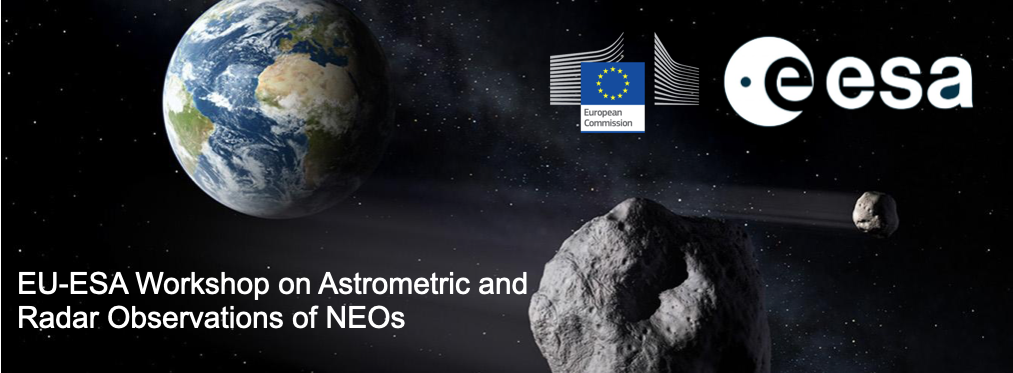Speaker
Description
Accurate orbit determination of near-Earth objects (NEOs) relies critically on the precision of astrometric
observations, including the timing of each measurement. In this work, we investigate the effect of
observation time uncertainty on orbit determination by analyzing observational data with explicit timing
uncertainty information. We performed Orbit Determination task using astrometric data in ADES format
retrieved from the Minor Planet Center (MPC), focusing on entries that include uncTime and/or rmsTime
fields. These two fields represent the systematic and random components of the timing uncertainty,
respectively, as declared in [1].
Initial orbital elements were sourced from the NEO Coordination Centre (NEOCC) database. In particular,
the overall dataset is composed by 1660 asteroids selected at July 17th: 1468 are NEOs (74 of them are in
ESA risk list), 111 are numbered or multi-opposition, the remaining 81 are single opposition. The latter have
been discarded since Aegis does not carry out orbit determination task on them.
We compare two sets of solutions of differential corrections: one determined without considering timing
uncertainties, as is currently done in daily operations at NEOCC, and one that incorporates this information
into the orbit determination process. Aegis projects timing uncertainties to the astrometric weights in Least
Squares Fit through the angular speed of the asteroid predicted at each available observation time,
augmenting the uncertainty ellipse of the optical observation in the Sky Plane. This is the same approach
adopted by JPL in [2].
The analysis focuses on quantifying the resulting differences, particularly in terms of the (square root of)
eigenvalues of covariance matrix and the displacement between the new and initial solutions. The square
root of eigenvalues of covariance matrix represent the length of the axes of the ellipsoid, so they could give
a better idea about shrinking or stretching of the (linear) confidence region.
Bibliography:
[1] A Concise Description of the Astrometry Data Exchange Standard, 2024-05-02
[2] Farnocchia et al. (2022). International Asteroid Warning Network Timing Campaign: 2019 XS. The
Planetary Science Journal. 3. 156. 10.3847/PSJ/ac7224.

